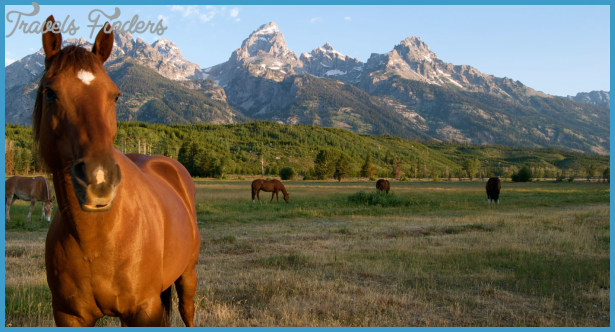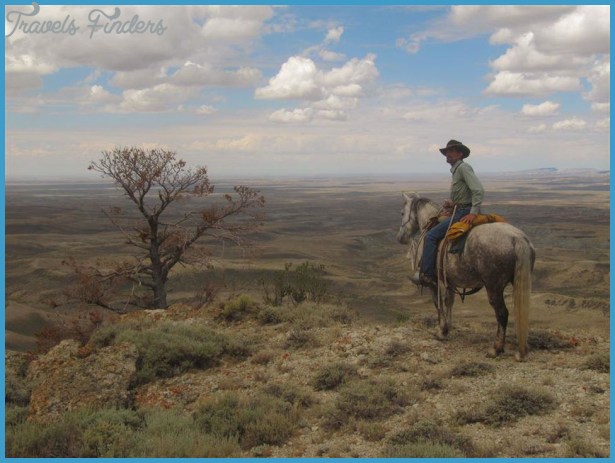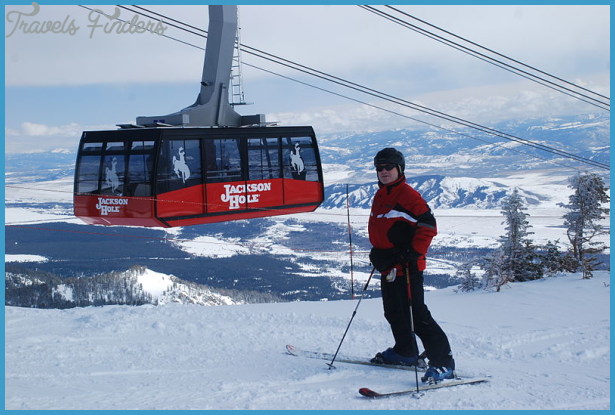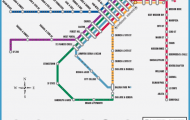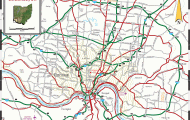Wyoming Community Building, 1900-1960
Wyoming’s territorial and early statehood eras were generally welcoming to migrants due to these workers’ critical role in the region’s economic development. This view changed in 1914, when it became increasingly apparent that the United States would become involved in the First World War. Following the national trend, local Wyomingites began to fear all migrants because of their potential for developing a fifth column within U.S. borders. Equally responsible for fueling nativist attitudes was the perception that migrants were to blame for pre- and postwar economic downturns and accompanying labor-organizing efforts.
Whereas second- and third-generation Europeans began to escape the negative manifestations of nativism through their gradual assimilation into U.S. society, the outcome for Mexicans was different, as their mestizo racial and ethnic background put them at odds with a pure Anglo background. Furthermore, Mexicans resisted their imposed second-class citizenry through individual and systematic efforts. This perseverance resulted in Mexicans becoming an increasing presence throughout the Western frontier as they turned into the favored migrant labor group.
Providing reliable growth trends for the U.S. Latino population has proved difficult; the methods of racially and ethnically categorizing individuals are highly variable from census to census. Nevertheless, disaggregated data from selected decennial census can provide additional illustration of where and when Wyoming Mexican communities developed. In 1880, ten years prior to statehood, 40 people living in the Wyoming territory were identified as residents of the United States who had been born in Mexico. In 1930 this number increased by 7,581.5 percent to 3,075.
Interestingly, in 1930 the U.S. Census Bureau for the first and only time established a category to combine foreign-born and U.S.-born individuals of Mexican descent. This decennial census ranked Wyoming 11th in the nation overall in terms of its total Mexican-descent population, with 7,174 Mexican individuals enumerated. Moreover, in 1930, Wyoming Mexicans ranked seventh nationally in terms of their percentage of the total state population (3.2 percent). Finally, Wyoming counties that had a Mexican population constituting at least 9 percent of the state Mexican-origin population were Big Horn (9.8 percent; Lovell, Powell, Worland); Carbon (10 percent; Rawlins, Hanna, Encampment); Goshen (10.7 percent; Fort Laramie, Torrington); Laramie (14.1 percent; Cheyenne); Platte (10.7 percent; Wheatland); and Sweetwater (11.9 percent; Granger, Green River, Rock Springs).1
This 1930 enumeration of the Mexican population coincides with the beginning of one of the worst episodes of race and ethnic relations in U.S history the 1930s Mexican Repatriation program. This program, fueled by nativist rhetoric that blamed Mexicans for the time period’s economic depression, systematically repatriated and deported over 250,000 Mexicans and Mexican Americans. It is estimated that Wyoming had lost half of its Mexican population by the end of the 1930s. From this point on, nativist rhetoric and discriminatory polices directed toward Mexicans and Mexican Americans have waxed and waned in accordance with levels of migration and the performance of the U.S. economy.
Research shows that Mexican Latinos in Wyoming experienced overt social, economic, and political discrimination similar to that experienced by Mexican Latinos nationally up until about 1970, the height of the modern civil rights movement. State legislation in the late nineteenth century prohibited interracial marriages.
Ku Klux Klan activities in the state during the 1920s were directed at all foreigners. De facto and de jure segregation was prominent in housing, educational, religious, and public facilities and establishments. Dual-wage systems and labor markets were based along ethnic lines. Debt peonage systems were formalized through town and company stores.
Research also demonstrates formal and informal Mexican resistance to nativism, racism, and discrimination. European explorers and colonizers brought with them the practice of racial and ethnic intermarriage that formal legislation did little to halt. Increased participation in the secondary sectors of U.S. institutions (i.e. education, the labor force) during the twentieth century led to increases in Mexican-Anglo marital unions. Nationalist-oriented mutualistas, or mutual aid societies, such as La Comision Honorifica (Honorary Commission), developed for social and political reasons. The Comision’s Comite Patriotico organized patriotic celebrations, such as fiestas for Mexican Independence Day. In addition, the Comision acted as an intermediary to the Mexican consulate. The consulate often intervened on behalf of Mexicans who were victims of unwarranted individual and organized violence, exploitative employers, predatory shop owners, and public-facilities segregation.
Resistance and activism became more sophisticated during the 1940s and 1950s as the majority of the Mexican population became a Mexican American population that took increasing interest in the prospect of their inclusion into U.S. society. Mexican American parents worked ardently with child labor investigation committees and local PTAs to challenge discriminatory school policies. Labor organization experienced variable success that was dependent on the type of occupation, the level of participation with national labor organizations, and local conditions. Probably the most successful labor settlement originated from a federal grievance filed by unionized Mexican railroad workers in Cheyenne.
Higher levels of success during this era required higher levels of assimilation-ist leadership in organizations such as the Latin American Club, the American GI Forum, and the League of United Latin American Citizens. Although these organizations could not fully overcome segregation and discrimination, they did lay a stronger foundation for social, economic, and political organizing that manifested in the Chicano Movement of the 1960s. The Chicano Movement, more than anything else, significantly decreased overt racism and discrimination, allowing increased integration into societal institutions. At the same time, its strong influence of Chicano nationalism worked to slow acculturation.








